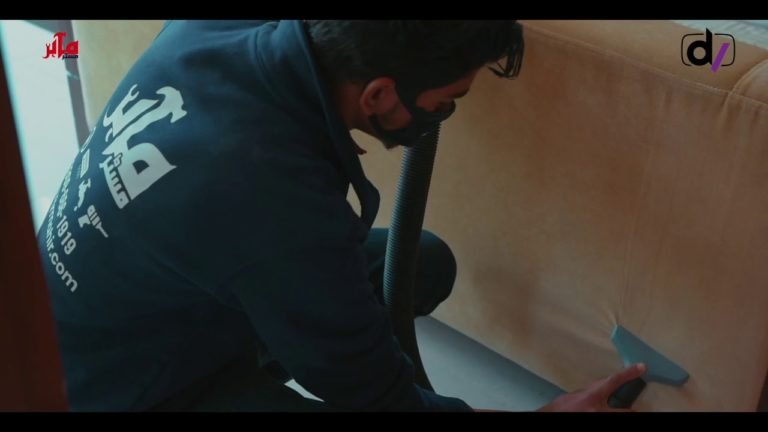Tadelakt vs. Venetian Plaster: A Deep Dive into Two Luxurious Wall Finishes
In the world of interior design, the choice of wall finish can dramatically impact the ambiance and aesthetic appeal of a space. Among the myriad options available, Tadelakt and Venetian plaster stand out as luxurious and distinctive choices. While both are revered for their elegance and unique properties, they originate from different traditions and offer distinct characteristics. This article delves into the nuances of Tadelakt and Venetian plaster, shedding light on their origins, applications, and the qualities that set them apart.
Origins and Historical Context
Tadelakt: The Moroccan Craftsmanship
Originating from Morocco, Tadelakt is an ancient plastering technique that has been used for centuries in traditional Moroccan architecture. Crafted from lime plaster, which is derived from the natural limestone found in the Marrakech region, Tadelakt is renowned for its water-resistant properties. Traditionally, it was used to waterproof hammams (bathhouses) and has a rich cultural heritage associated with Moroccan craftsmanship.
Venetian Plaster: The Italian Renaissance Elegance
In contrast, Venetian plaster traces its origins to Renaissance-era Italy, particularly Venice, hence the name. Developed as a refined wall finishing technique, Venetian plaster embodies the elegance and sophistication of Italian craftsmanship. Composed of slaked lime and marble dust, this decorative finish gained popularity during the Renaissance and has since been synonymous with luxury and artistic expression.
Composition and Application
Tadelakt: The Smooth and Seamless Finish
Tadelakt is characterized by its smooth, seamless appearance and tactile appeal. The unique water-resistant properties of Tadelakt are achieved through a meticulous application process involving the use of a special stone to compress and polish the surface. This technique results in a lustrous finish that is both aesthetically pleasing and highly functional, making it ideal for bathrooms, kitchens, and other wet areas.
Venetian Plaster: The Artistic and Versatile Finish
Venetian plaster offers a versatile canvas for artistic expression, with its texture and sheen varying based on the application technique. The process involves multiple layers of plaster that are burnished to create a smooth, marble-like finish. Venetian plaster can be tinted in a wide range of colors, and decorative effects such as mottling and antiquing can be achieved through skilled application techniques, making it a favorite among designers seeking to create bespoke interiors.
Key Differences and Considerations
While both Tadelakt and Venetian plaster are revered for their beauty and durability, there are key differences to consider when choosing between them:
- Water Resistance: Tadelakt is inherently water-resistant, making it suitable for wet areas, while Venetian plaster may require additional sealing to achieve similar levels of water resistance.
- Aesthetic Appeal: Tadelakt offers a seamless, organic look, while Venetian plaster provides a more polished, refined appearance with greater scope for artistic expression.
- Maintenance: Tadelakt requires minimal maintenance and can be rejuvenated with a simple polish, whereas Venetian plaster may require occasional touch-ups or resealing to maintain its luster.
In conclusion, both Tadelakt and Venetian plaster are exquisite wall finishes that can elevate the aesthetic appeal of any space. The choice between them ultimately depends on the specific requirements, aesthetic preferences, and functional considerations of the project. Whether you are drawn to the timeless elegance of Tadelakt or the artistic versatility of Venetian plaster, both options offer a luxurious and distinctive solution for creating visually stunning interiors.







